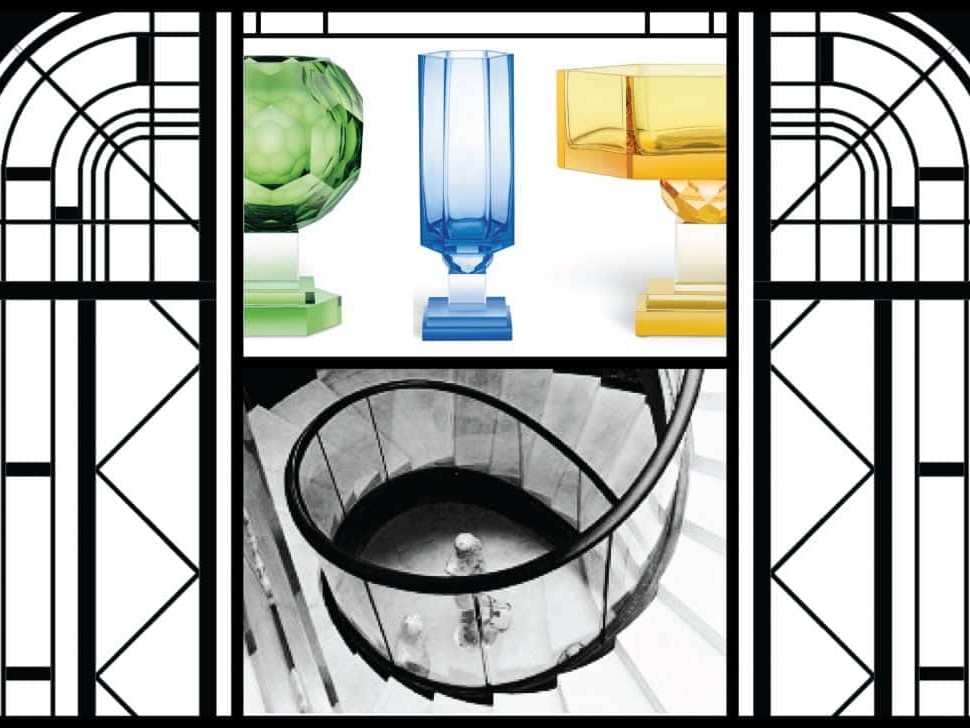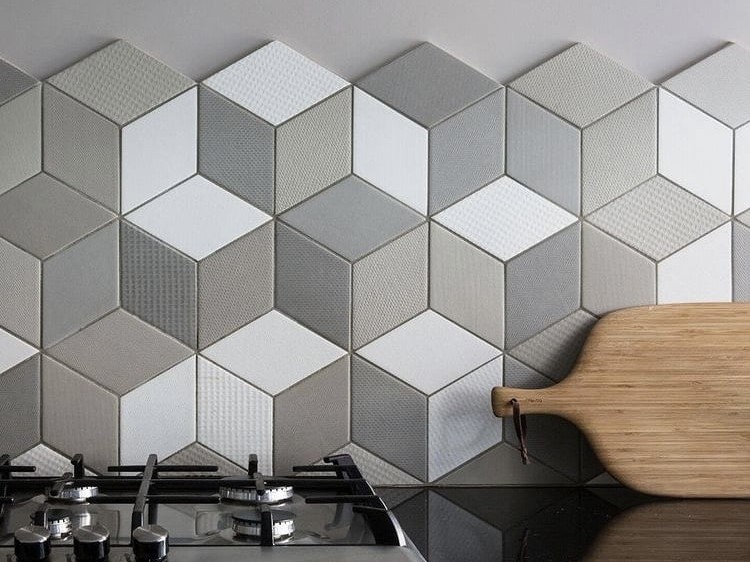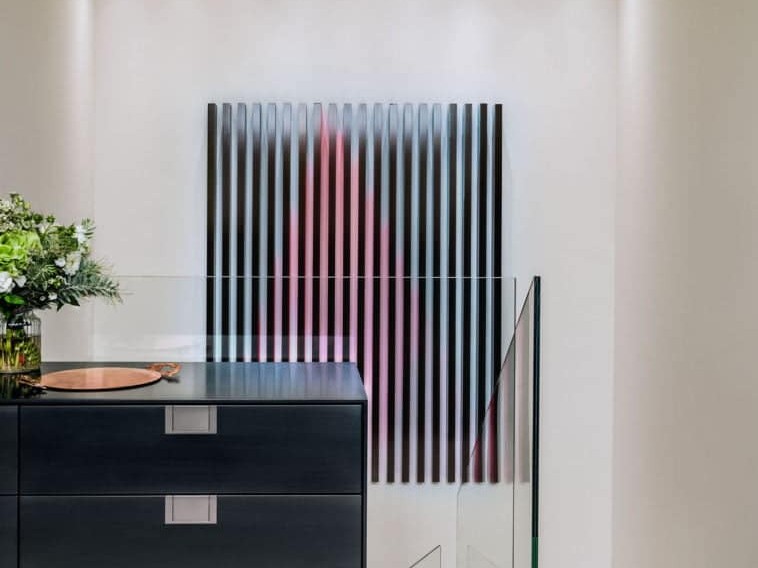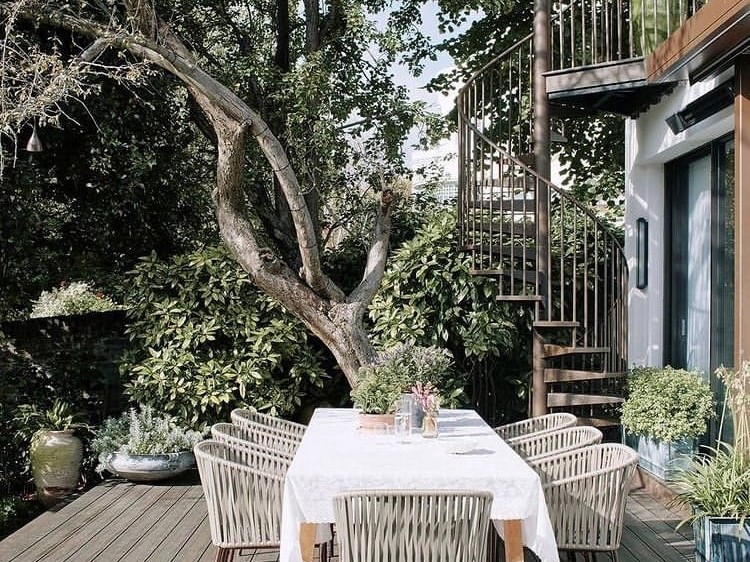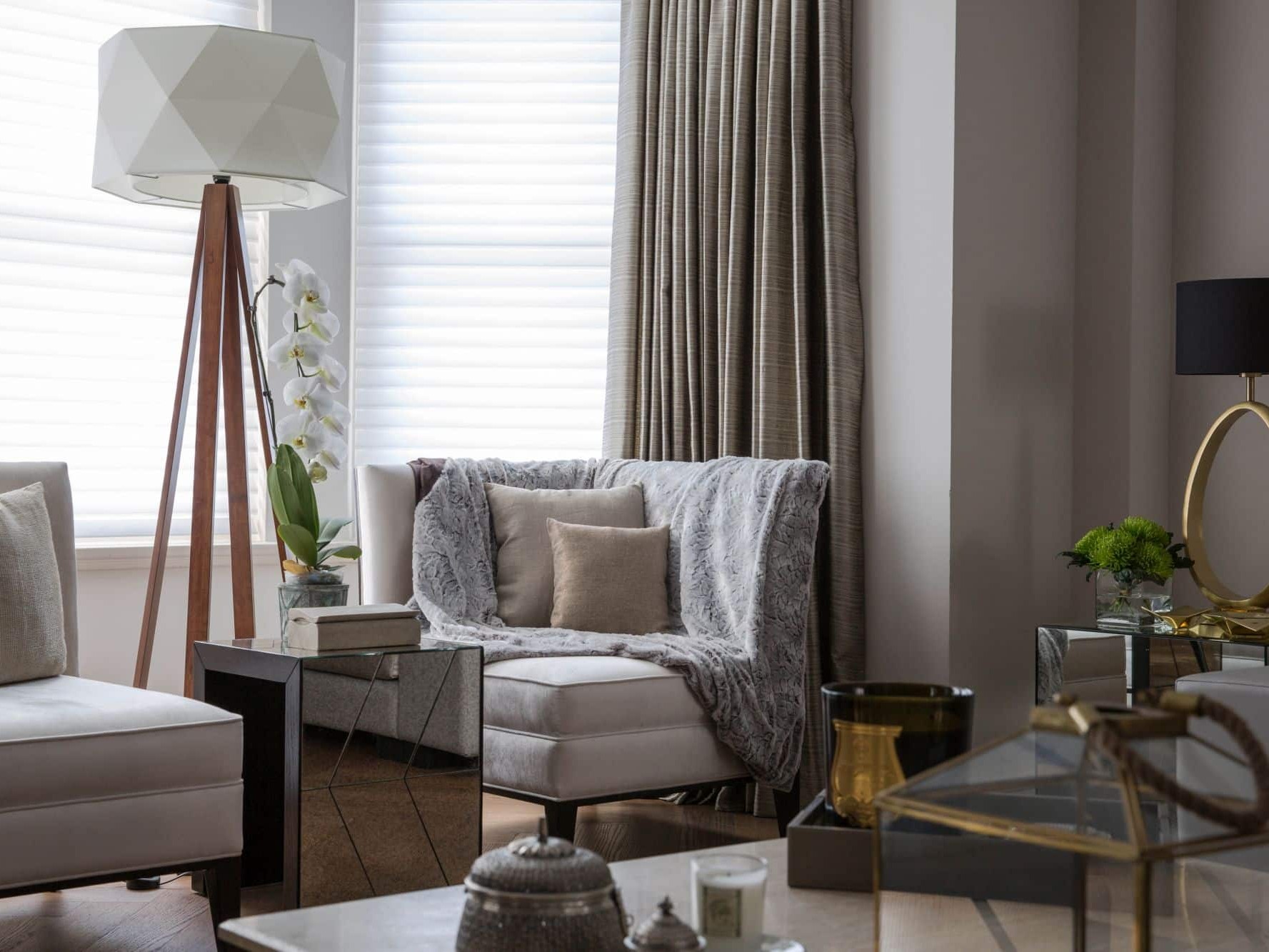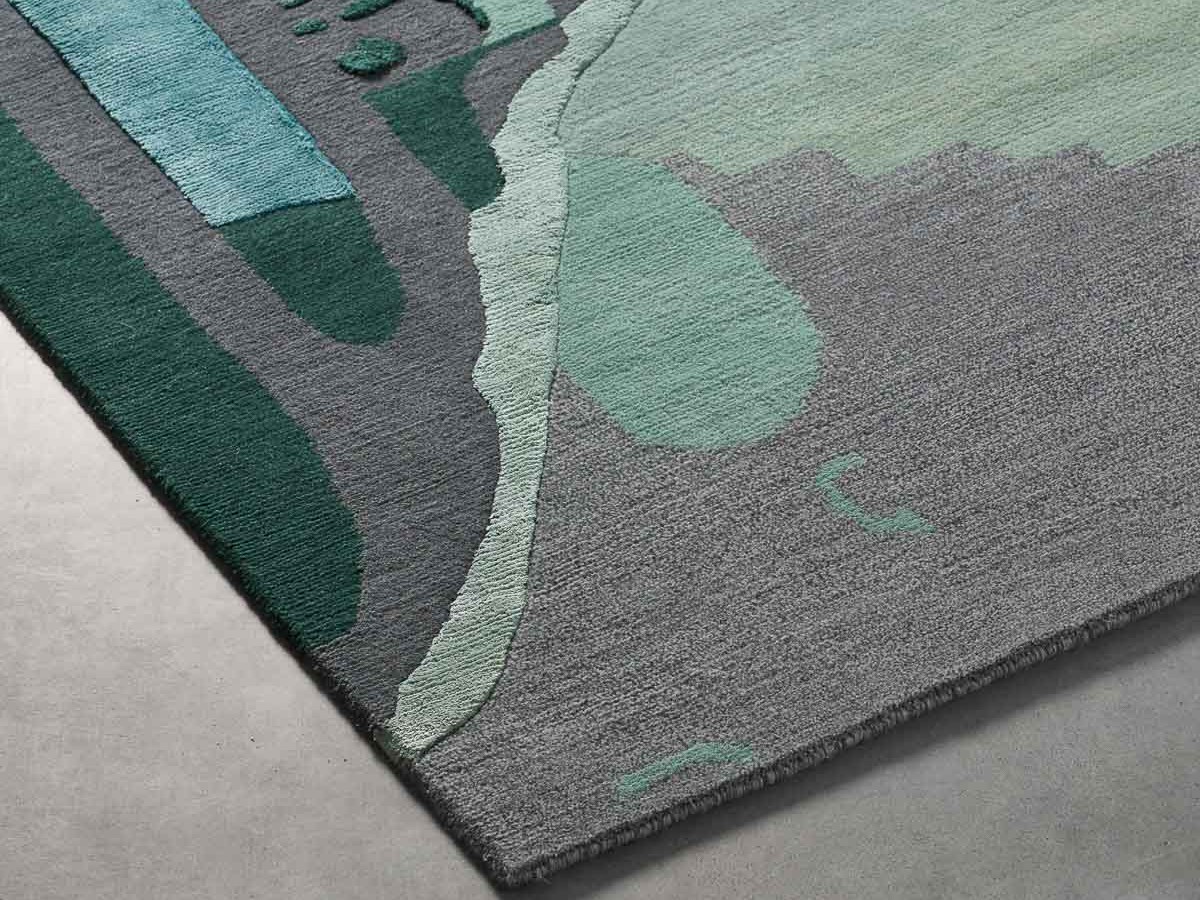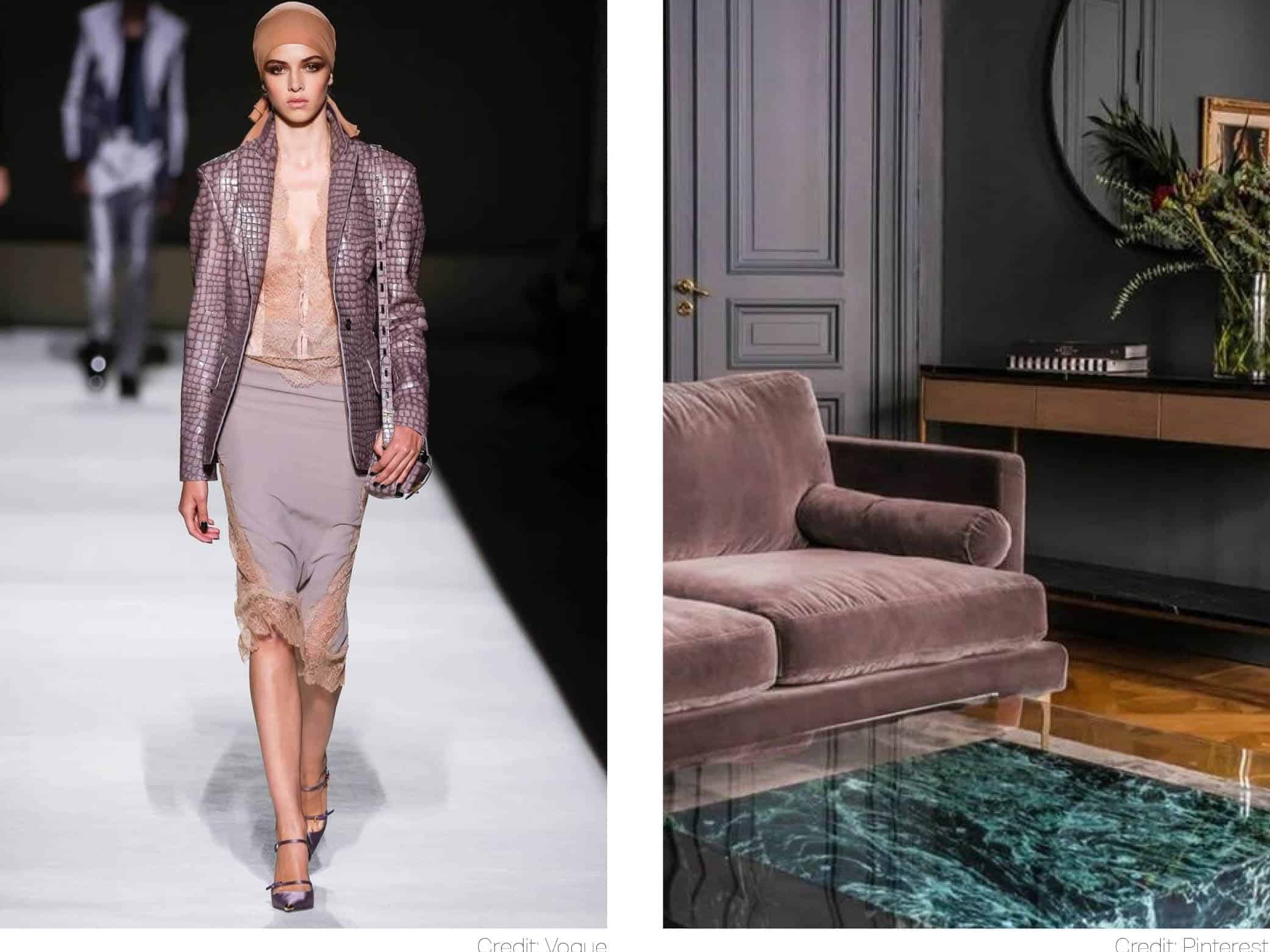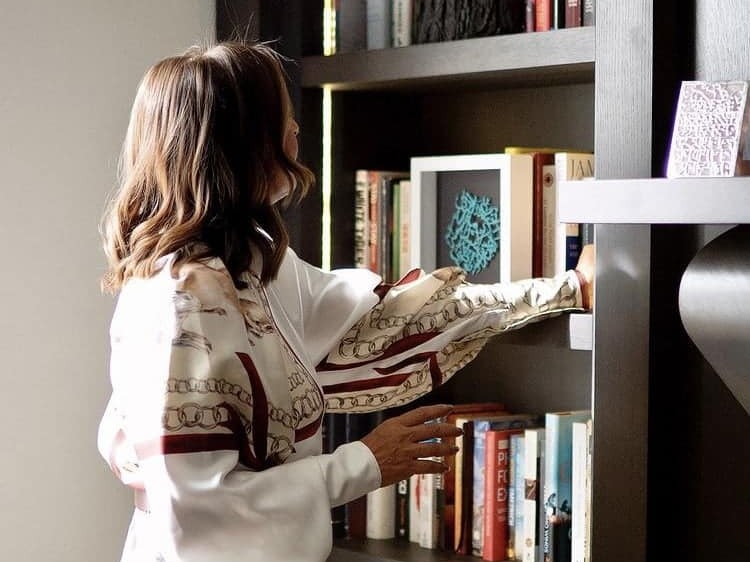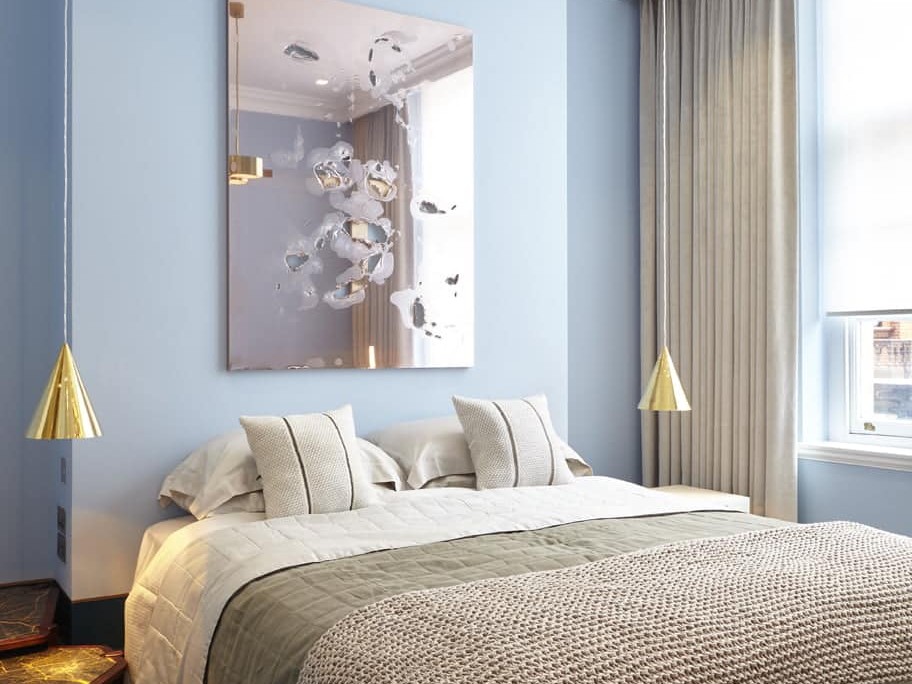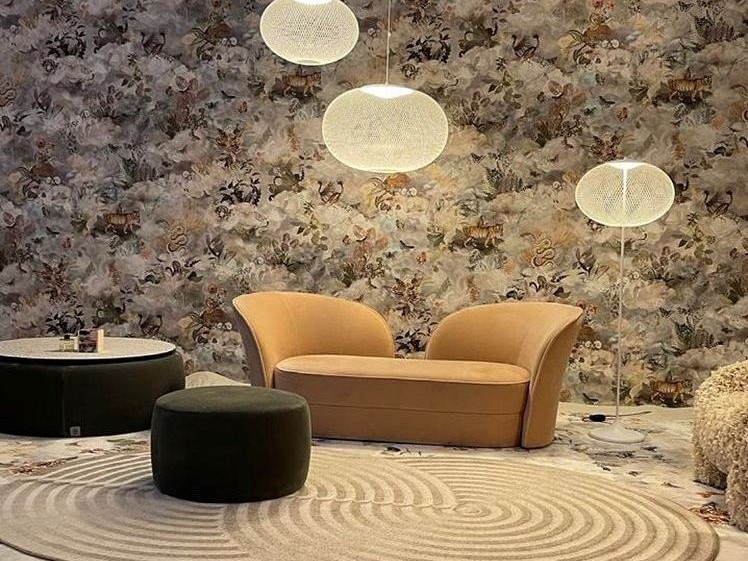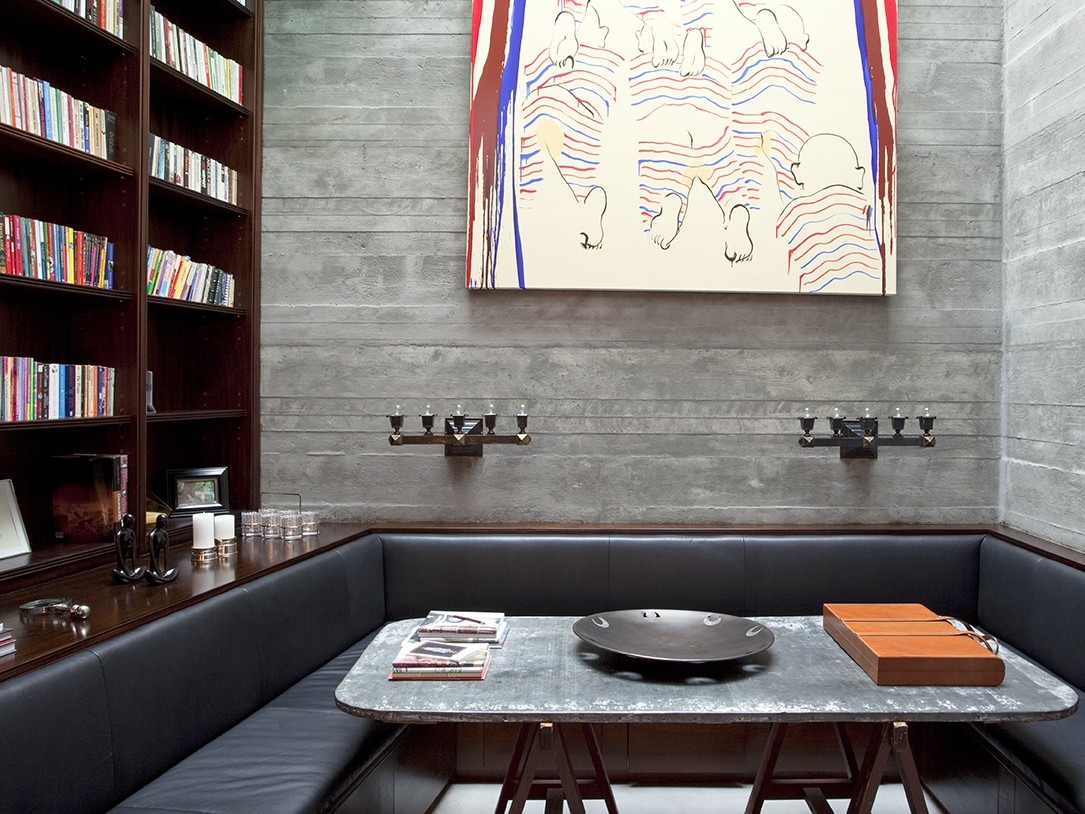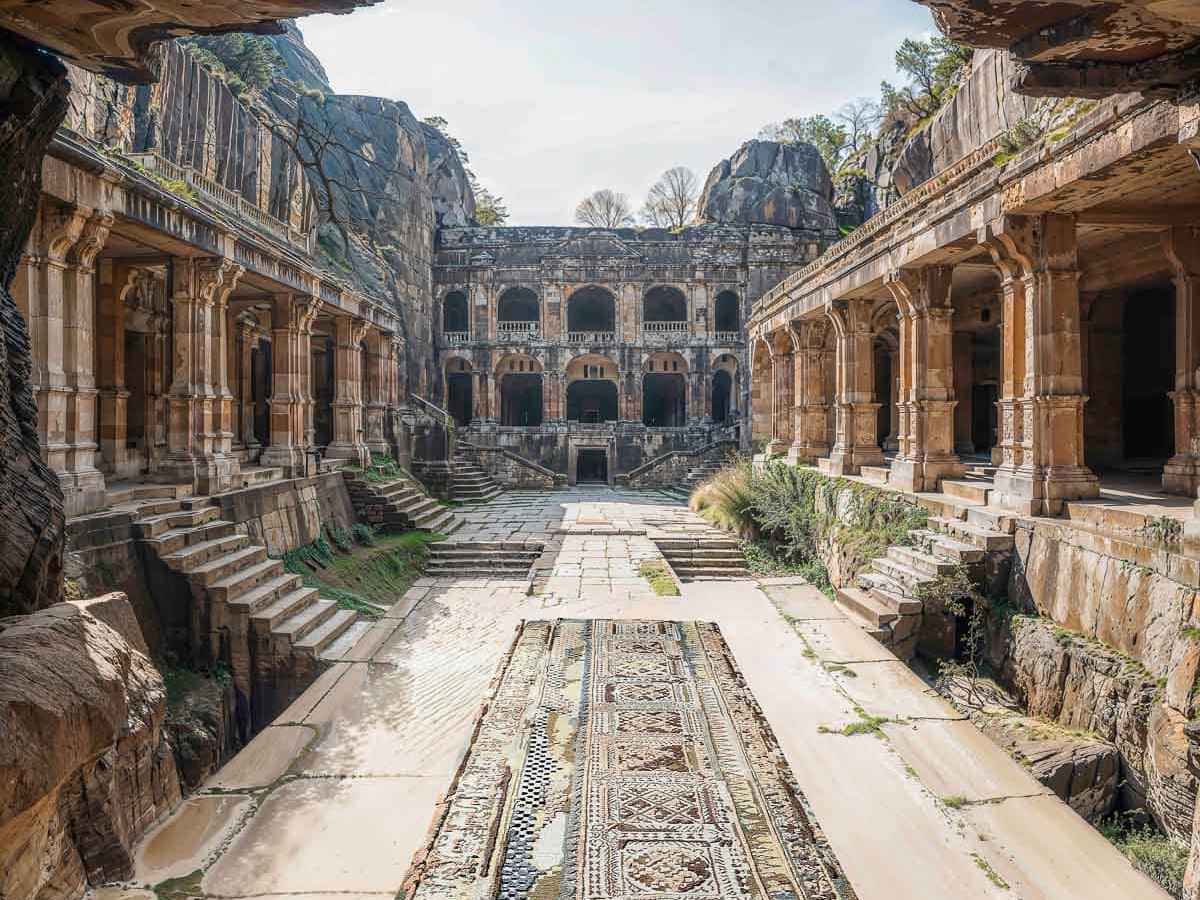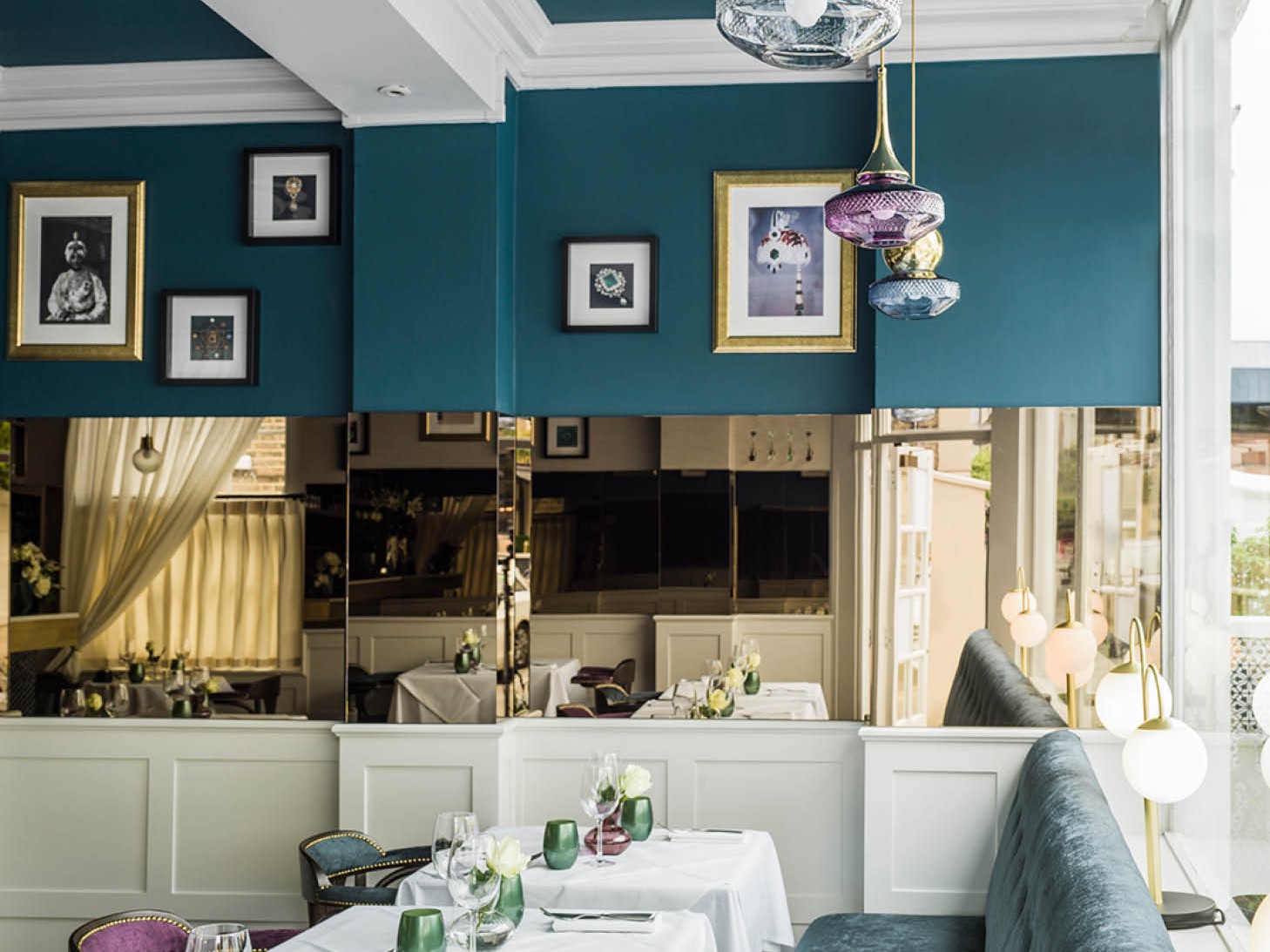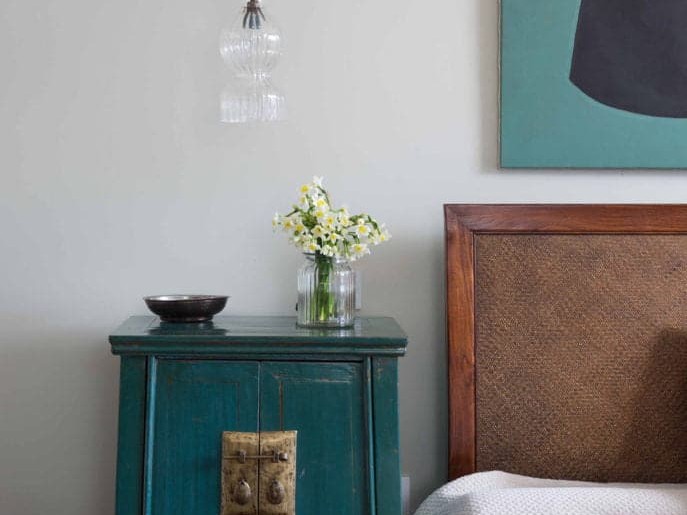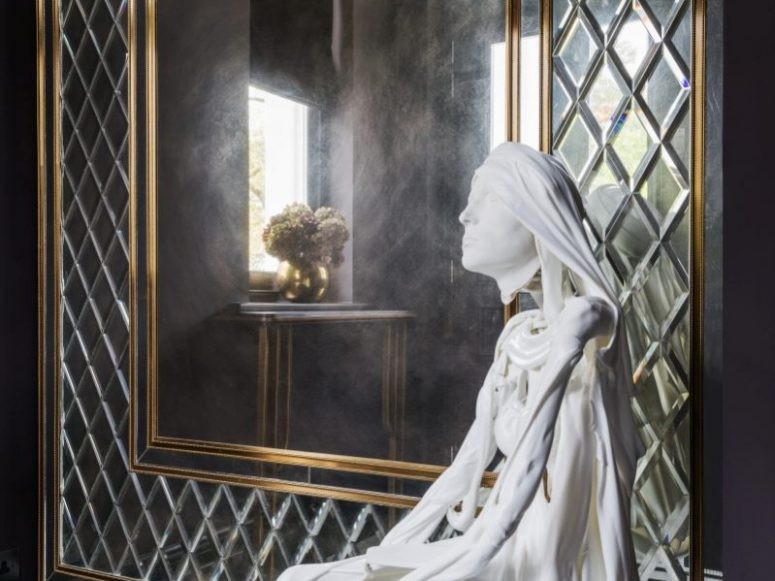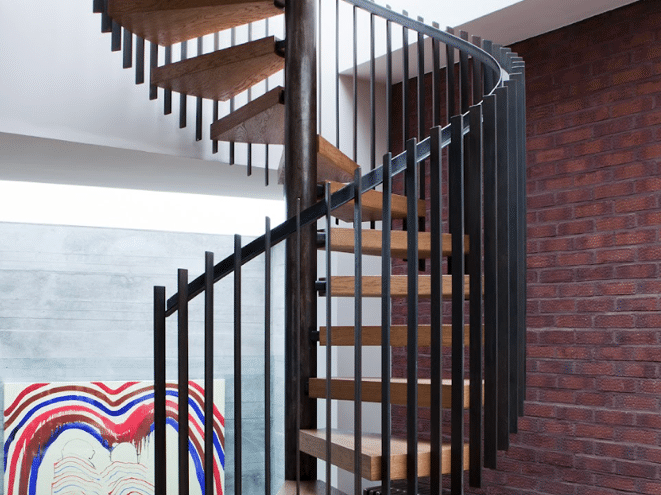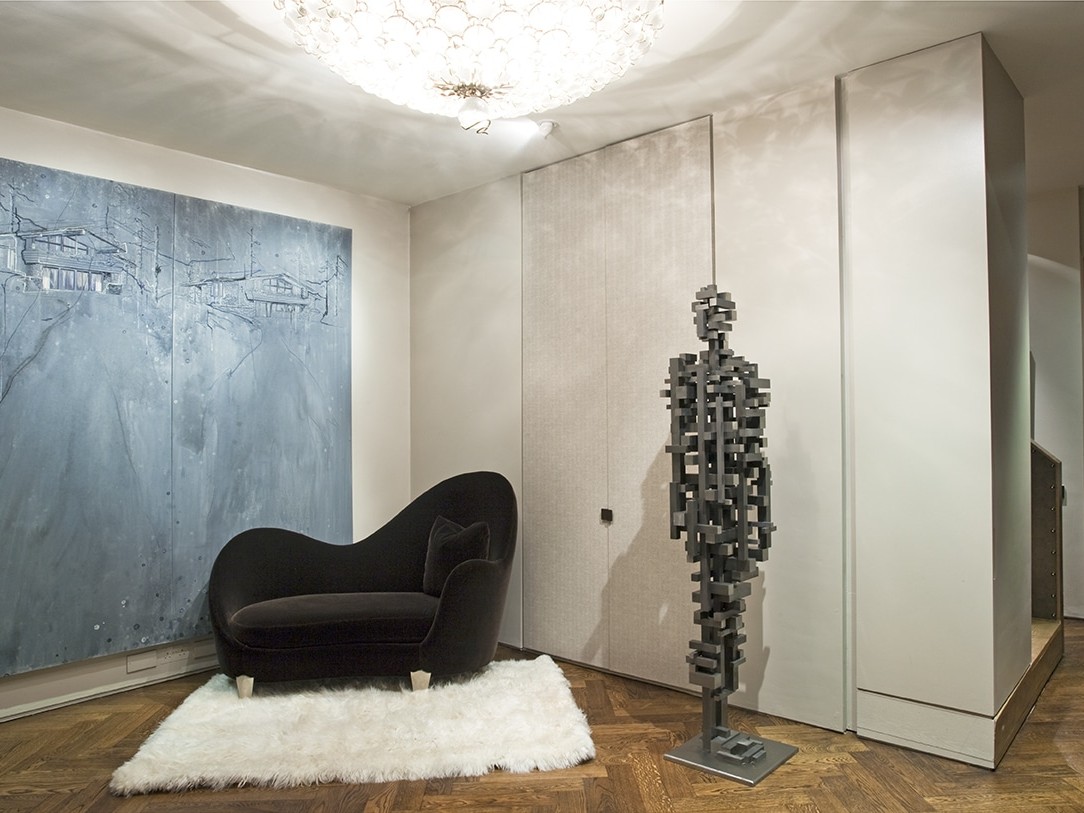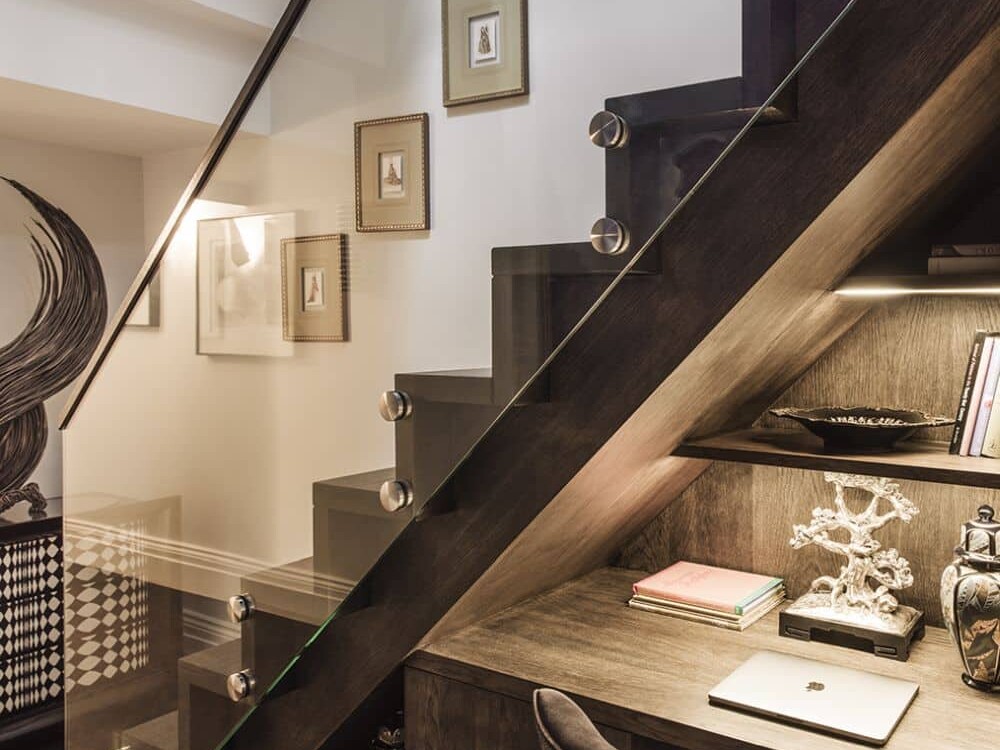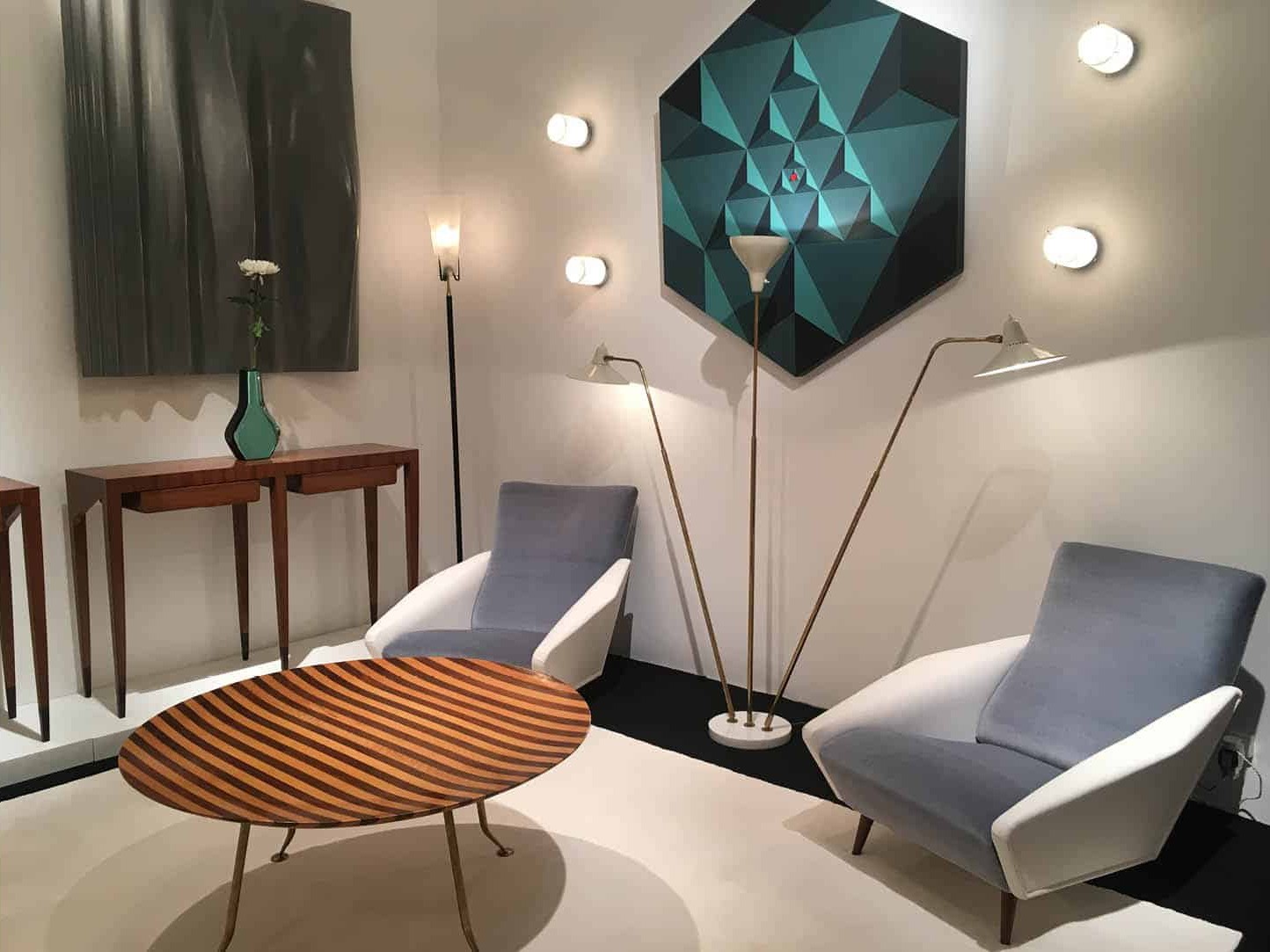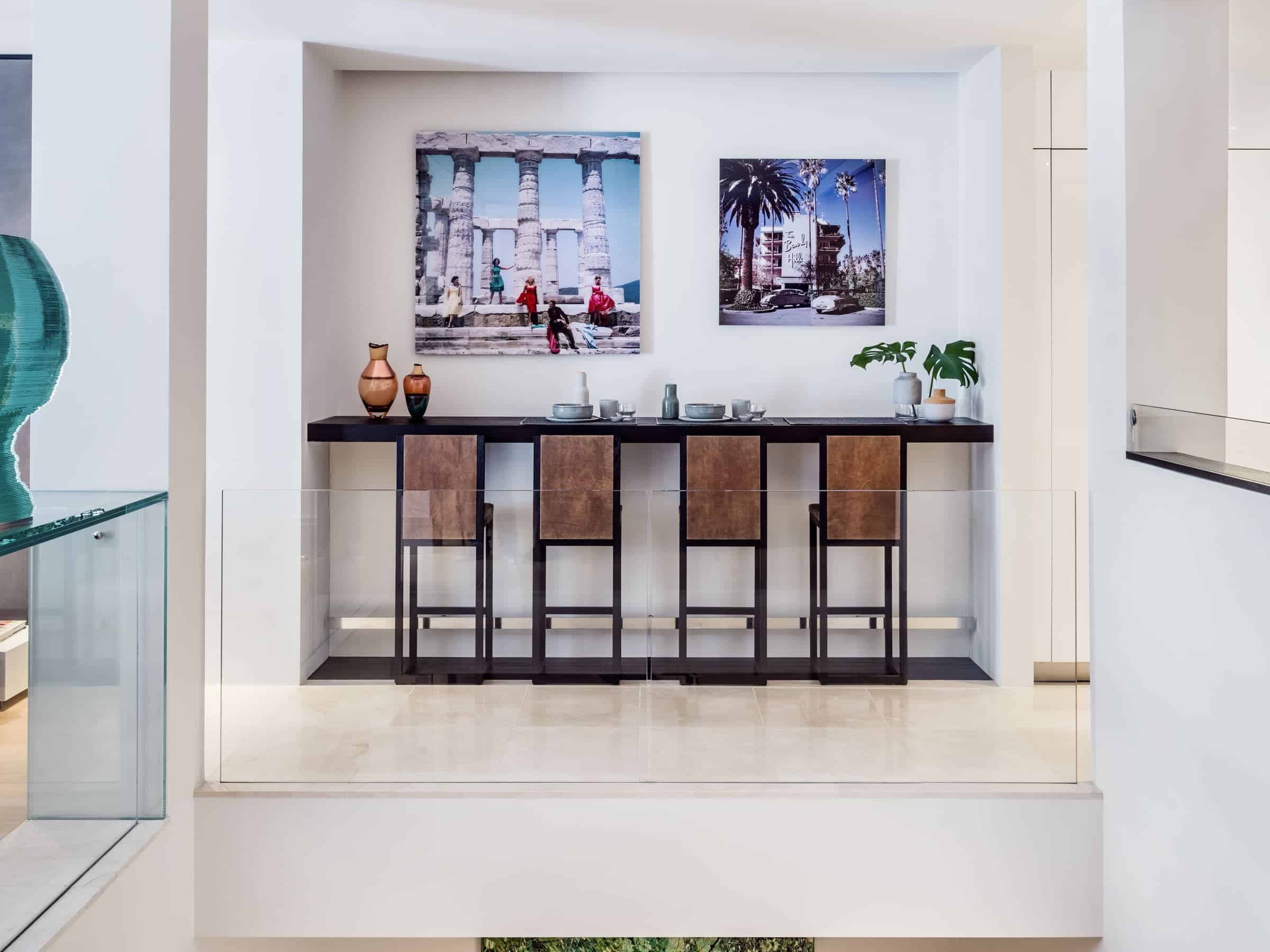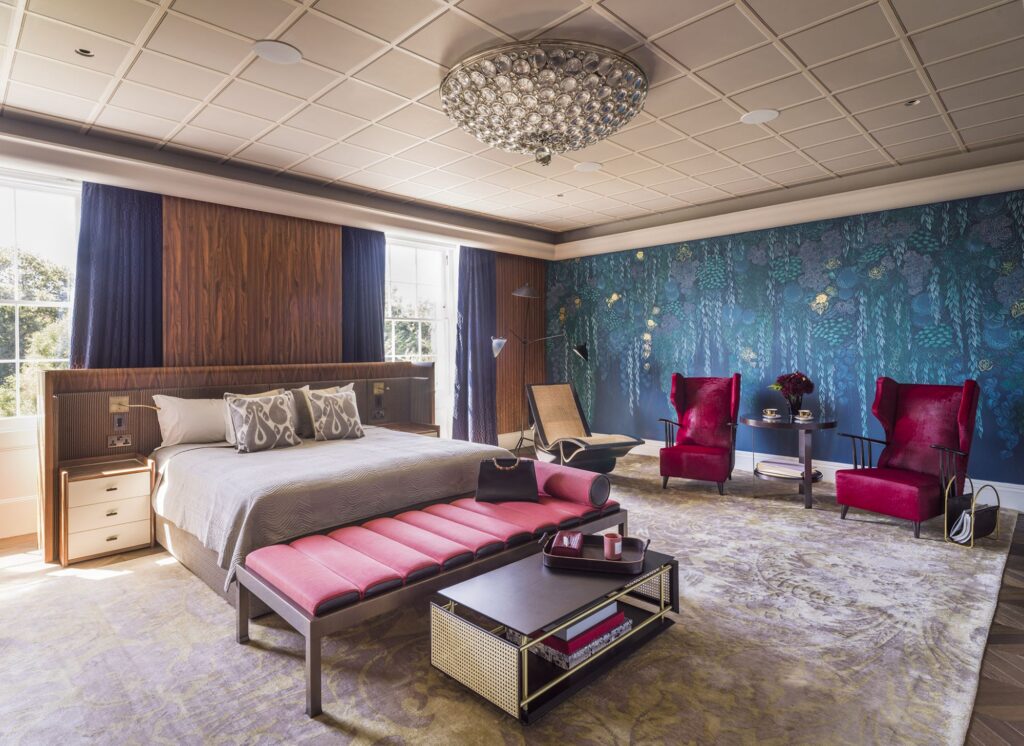
Vastu Shastra has an ancient history that was recorded in the Vedas during the period of 1500-1000 BC. While not many people outside of India have heard of Vastu, those who have known it see it as an architectural and spiritual guideline. Its origin is attributed to Vishwakarma, one of the gods in the 33 billion deities that exist in the Hindu pantheon of gods and goddesses. Vishwakarma is known as the divine architect who is credited with creating the world and teaching all crafts to mankind. Even today, some believers do prescribed rituals before construction work can be carried out.
Most of the earlier writings between the sixth century BC and the sixth century AD have been lost or are in a fragmentary state. Our modern knowledge of Vastu Shastra is a composite of what remains in the fragments that have survived, the Veda, traditions handed down orally, and what can be observed in examples of Vastu architecture. These beliefs are thought to have originated, developed, and been extended in the period 6000 BC and 3000 BC, influencing Hindu architecture.
We take a look at the principles that have been gleaned from these sources and how they can be applied to the interior design of modern homes.
The Principles of Vastu Shastra
Vastu Shastra did not only apply to Hindu architecture but was valid for any form of construction including a town, city, road, temple, and house as well as for plots to build on. Factors that guided decisions were based on how to maximise the potential of a piece of land and the placement of a structure on it, wind direction, the position of the moon, the heat and light from the sun, and the planet’s magnetic field.
The five key elements needed to be in harmony. These are air, fire, water, earth, and space. Photos of modern-day interior design using Vastu principles demonstrate this with plenty of space between furniture and other objects, wide internal walking areas, and space between the house and the plot boundaries. The five senses, seeing, hearing, smelling, tasting, and touch should also interact harmoniously.
The energy field, which surrounds every home and is specific to it, affects those that live there. Vastu design principles ensure the attraction of positive energy and abundance. There are some similarities between Vastu and feng shui, which seek to align the home with its natural surroundings.
We cannot apply all of the Vastu Shastra principles to contemporary homes. For example, one of the requirements is to have a courtyard in the exact centre of the house. Front doors must face a certain direction. We cannot break down our houses and recreate them correctly. However, it is possible to incorporate certain elements into how we carry out interior design. Let us see what we can do to improve the energies in our homes and hopefully increase our wealth, balance, and happiness.
The Front Door
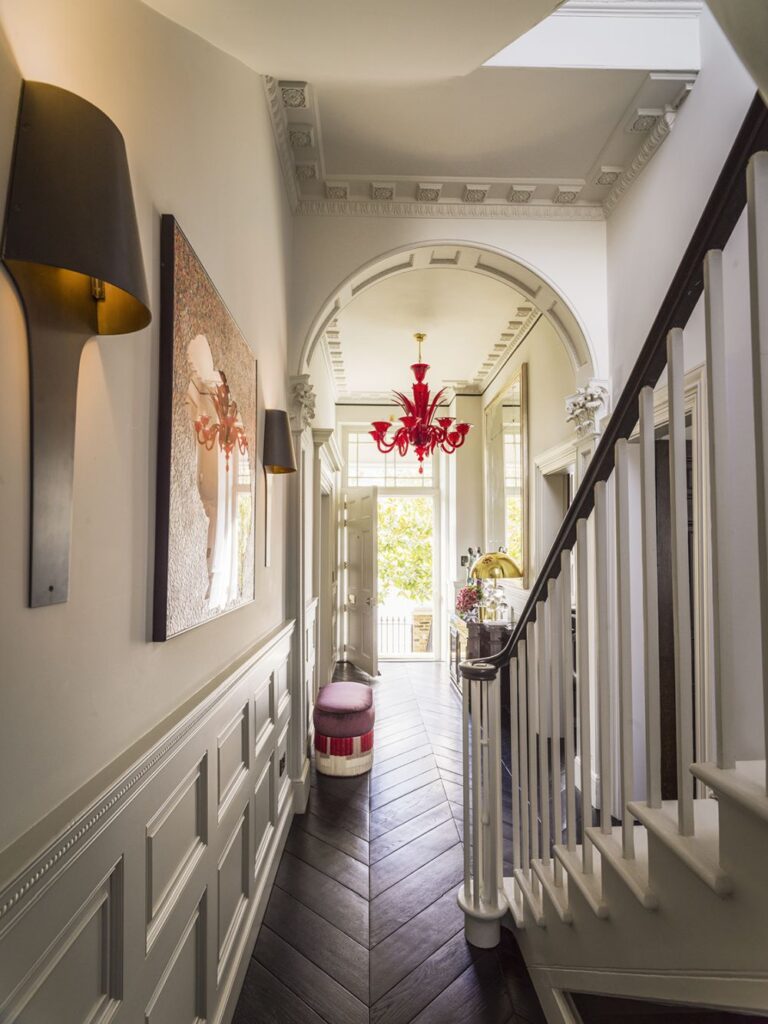
The front door plays an especially important role in Vastu Shastra. It is through the front door that energies enter the home, along with all else we allow to come in. When you exit the front door, you should ideally be facing the north, the east, or the northeast. Many properties today are north facing.
The front door should open clockwise. It must be much taller than any of the other doors in the house. No bathroom must be positioned close to this door.
If your home doesn’t comply, don’t worry; there are other things that can be done.
Your front door should be made of the best quality wood available and be more attractive than your other doors. It must not be painted black. There should be no water elements, such as fountains, in the direction of the door. Other items that must not be placed outside the front door are shoe racks, figurines, animal statues, and dustbins.
The entrance must have bright lighting; this applies to all lighting inside too. You can use stunning nameplates to decorate the door. A toran, which is similar to a wall hanging and is decorated with auspicious symbols, can be hung outside the front door.
Furniture
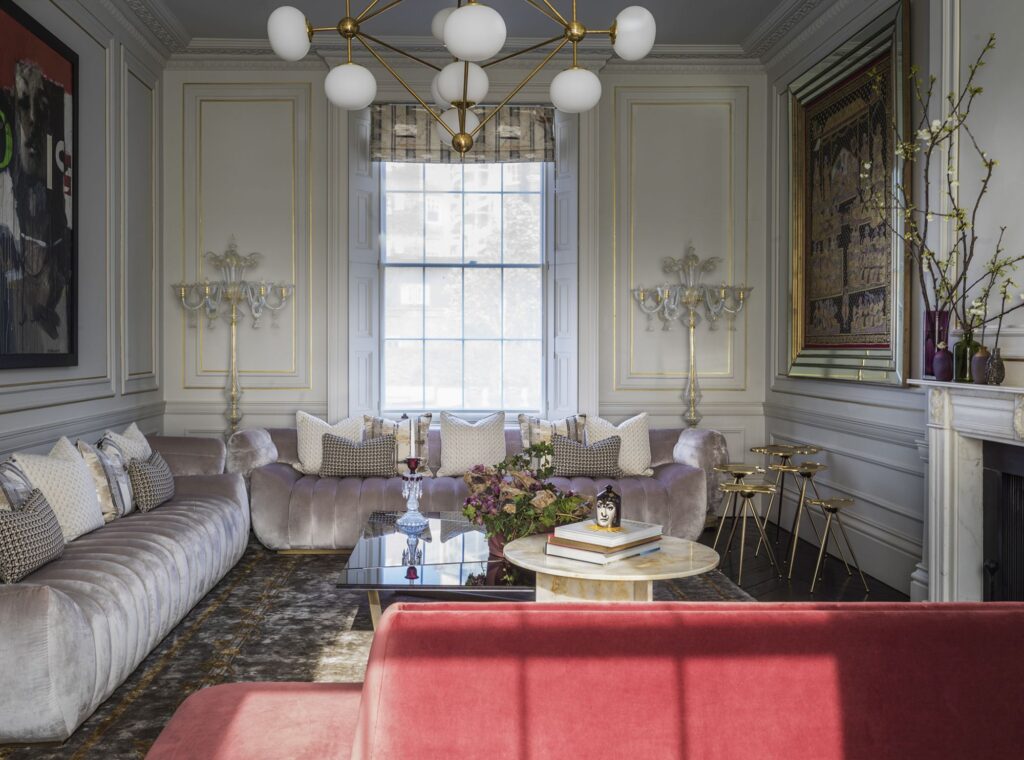
The living room where you receive guests should face in the same direction as the front door. If you have heavy furniture in the living room, this must be placed in the west or southwest. Mirrors should be situated on the northern wall of this room. Position appliances and electronic items in the southeast in any room. Don’t situate big pot plants in the northeast.
If your bedroom faces southwest, then it is perfectly placed for wealth and good health. The bed must be situated in the southwest, and when you sleep, your head must face west. No mirror or television must be situated in front of the bed while you are sleeping as it will capture your reflection. If you fail to comply, you can expect marital disharmony and discord in the family. Don’t use rooms in the northeast or southeast as bedrooms to avoid problems with your health. Wardrobes must face southwest.
Once again, you may have no control over the direction a room faces. But what you can do is use earthy colours to paint the walls to create positive energy. Never use black paint. If you want to avoid high, unstable emotions, avoid anything in the bedroom that is watery, for example, a fountain or a painting of nature that contains water elements. Make use of fragrant oils and mood lighting for a calm state.
All walls should be painted cream, blue, pink, or green, or in earthy colours.
Items That Will Attract Good Fortune to the Home
A crystal or wooden tortoise symbolises protection with its hard shell. Wooden tortoises should be placed either in the east or southeast. For crystal tortoises, the northwest or southwest provide the best placement. They will bring you fame and fortune.
An Arowana fish is used for attracting good luck and money. Place it in the east or northeast.
A Shree Chakra in the east is more than a decoration. It entices wealth. The Shree Chakra is a yantra, a mystical diagram, with nine triangles. It is possible to get it in a 2D form for hanging, or a 3D model, which is more powerful.
Apply Vastu to your home by applying these guidelines and use matching textures and colours in your décor.
Related articles
Conversations on Design: Shalini Misra and Fabrizio Cantoni
Shalini Misra & Fabrizio Cantoni from cc-tapis deep dive into the cultural significance of stepwells, the creative process, and the intricate production methods that give each piece its unique soulful character.
An Exclusive New Rug Collection Inspired by the Stepwells of India
For our first exclusive rug collection produced by cc-tapis, Shalini Misra looked to the thousands of stepwells in India for inspiration.
Elevate Your Home: The Impact of a Sophisticated Staircase
We’re so thrilled to launch the Shakti Design Residency in India, a new annual initiative to support emerging international design talent.
6 Interior Design Tips to Boost Wellbeing All Year Round
Humankind has known for aeons that light, fresh air, nature and calm are all essential to help life thrive.


